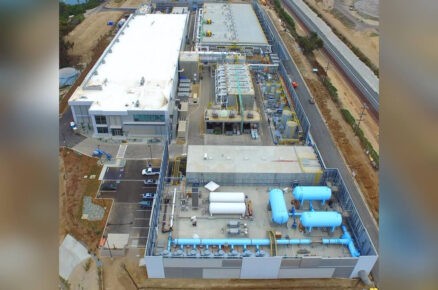Karnataka is facing a severe water crisis. The water shortage has gained national attention, particularly as the capital, Bengaluru, faces a significant water crisis, impacting both residents and businesses. In this article, we decode the reasons behind the crisis and its effects on businesses.
Several factors contribute to this crisis. Rapid urbanisation has led to the disappearance of many lakes in Bengaluru. However, the primary cause is attributed to recent erratic monsoon patterns. Over the past two years, Karnataka has experienced insufficient rainfall, with significant decreases during both the northeast and southwest monsoons.
The depletion of thousands of borewells in Bengaluru has left residents with minimal access to water. Reports indicate a 50 percent reduction in water availability to Bengaluru from various sources, which amplified the water shortage.
The water shortage is not limited to residential areas; it’s also affecting businesses. Restaurants are contemplating measures like using disposable plates to conserve water, while IT and manufacturing companies face challenges due to absenteeism and operational disruptions.
The crisis extends beyond Bengaluru, with primary reservoirs in southern states like Karnataka, Tamil Nadu, Andhra Pradesh, and Telangana at or below 25 percent capacity. India’s 150 primary reservoirs are only at 38 percent of their capacity, below the average for the last decade.
This situation calls for an urgent need for better water management practices and sustainable development. It serves as a wake-up call for policymakers and stakeholders to prioritise water conservation efforts and implement measures.













